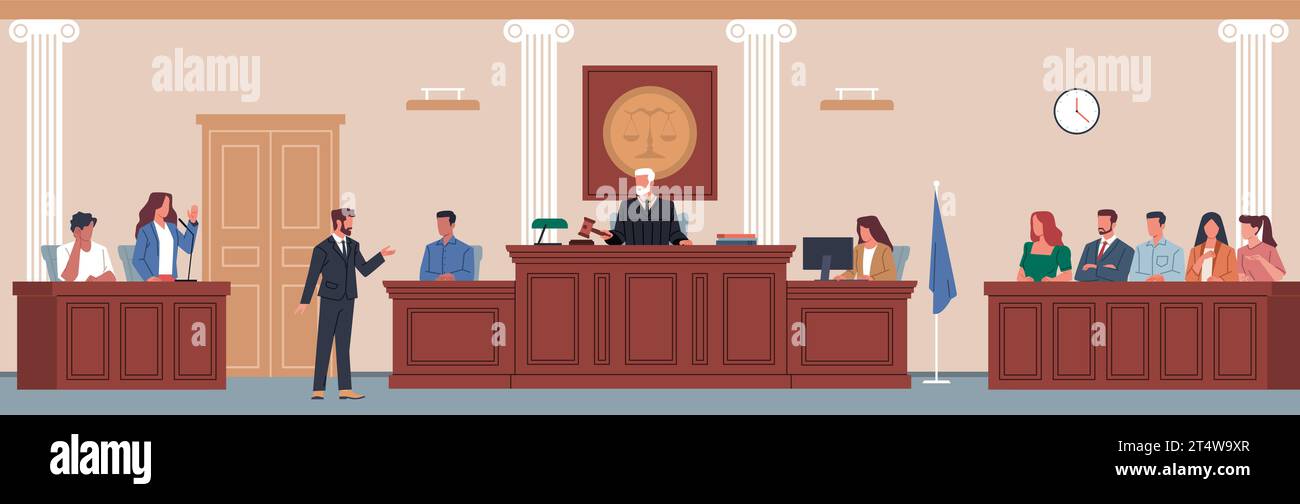Convert case evidence into impactful trial presentations to strengthen arguments.
Convert case evidence into impactful trial presentations to strengthen arguments.
Blog Article
How Trial Presentations Enhance Your Debate and Persuade Jurors
Trial discussions work as an essential device for enhancing legal arguments and persuading jurors. By incorporating visual help, narrative frameworks, and emotional interaction, attorneys can develop a compelling case that reverberates on several degrees. The strategic use of visuals not just clears up intricate details however also captures jurors' interest a lot more properly than words alone. However, the art of narration plays a just as critical role in changing accurate evidence right into a compelling story, forming jurors' assumptions - trial presentations. Recognizing these elements can considerably impact test results, elevating the question of how each element adds to this detailed dynamic.

Importance of Aesthetic Help
Visual aids play an essential function in enhancing the performance of trial discussions, as they can dramatically increase audience interaction and retention of info. In the context of a trial, where jurors are charged with handling complex information, aesthetic help offer to streamline and make clear essential factors. Charts, graphs, and pictures can communicate data and ideas that may otherwise bewilder or puzzle jurors, permitting a more simple understanding of the proof provided.
Furthermore, visual aids aid in maintaining juror focus throughout the process. By damaging the monotony of spoken testament, these devices can stress crucial debates, making them a lot more remarkable. Efficient visual aids can additionally evoke emotional reactions, which can be crucial in convincing jurors to straighten with the presenter's story.

Crafting Compelling Stories
A compelling narrative is essential in test presentations, as it works as the backbone of efficient persuasion. It permits attorneys to weave together facts, proof, and psychological aspects into a meaningful tale that reverberates with jurors. This narrative framework allows jurors to understand the complexities of the situation while assisting them with the lawyer's disagreement.
To craft a compelling narrative, attorneys must concentrate on quality and coherence. This involves developing a clear protagonist-- typically the customer-- and outlining their trip through the events concerned. Providing the facts in a logical sequence boosts understanding and maintains involvement. In addition, making use of dazzling descriptions can develop mental images that assist jurors envision the occasions, making the story extra memorable.
Moreover, integrating crucial motifs throughout the presentation reinforces the core message and help in retention - trial presentations. The narrative should not just communicate information but additionally stimulate a sense of justice, highlighting the risks included. Eventually, a well-constructed story cultivates a connection between the jurors and the instance, positioning the lawyer's argument as both legitimate and compelling, therefore enhancing the chance of a favorable decision

Involving the Court Mentally
Effective jury engagement pivots on the attorney's ability to connect with jurors on an emotional degree. This link can dramatically affect jurors' understandings and their utmost decision-making.
Aesthetic help, such as photographs or videos, can further enhance psychological involvement, supplying jurors with dazzling depictions of the situation's human elements. Crafting a story that highlights the battles and victories of the people involved makes sure that jurors see beyond the legal disagreements and recognize the human consequences of their choices.
Additionally, tone and body movement play a crucial duty in sharing feeling. A lawyer's passionate shipment can reverberate with jurors, strengthening their psychological financial investment in case. It's crucial to stabilize psychological allures with factual evidence, making sure that jurors really feel obliged to act while staying grounded in the fact. Ultimately, a mentally involved court is most likely to be persuaded, making emotional connection an essential element of effective test presentations.
Structuring Your Presentation

The body of the presentation must be logically fractional into bottom lines, each supported by engaging evidence. It is beneficial to use storytelling techniques to weave facts into a story that jurors can quickly follow. Aesthetic aids, such as graphes and videos, can boost understanding and interaction, helping to highlight vital pieces of evidence.
Real-World Situation Studies
Taking a look at real-world case studies provides very useful understandings into the art of test discussions and persuasion. The protection group successfully utilized a strategy that incorporated prominent specialist statements with multimedia discussions, which astounded jurors and inevitably affected their decision.
Another noteworthy example is the "McDonald's our website Coffee Instance," where the complainant's lawyers utilized graphic images of the injuries endured by Stella Liebeck. trial presentations. This stark visual proof played a vital role in sharing the intensity of her burns, resulting in a substantial jury award. Such cases show that impactful trial presentations typically pivot on the efficient combination of visuals and storytelling to evoke psychological feedbacks from jurors
Moreover, the "Casey Anthony Test" highlighted the relevance of narrative coherence and credibility. The prosecution's failure to establish a compelling timeline lessened their persuasive power, highlighting the requirement of a well-structured discussion. Analyzing these cases reveals that successful trial discussions require calculated planning, emotional involvement, and the capability to reverberate with jurors' worths and ideas.
Verdict
Test discussions dramatically enhance arguments and convince jurors through the critical use visual aids, engaging narratives, and emotional engagement. By streamlining intricate info and promoting connections with the audience, these aspects develop a remarkable and impactful experience. A well-structured presentation balances sob stories with factual proof, inevitably reverberating with jurors' worths. The assimilation look at these guys of these strategies not just influences decision-making yet likewise underscores the value of effective communication in the court room.
Report this page